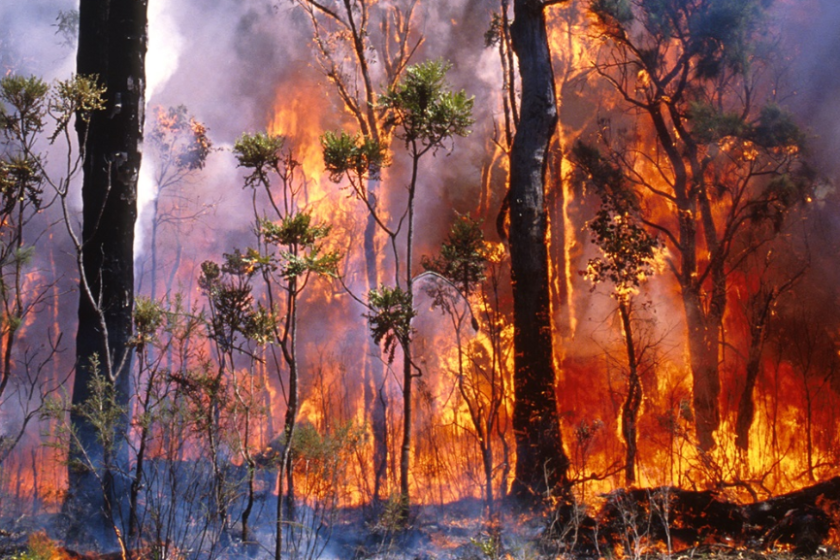In a world where climate change is increasingly influencing our natural environment, the importance of planning for unpredictable events such as bushfires cannot be overstated. As we navigate these uncertain times, the role of bushfire risk assessment in disaster mitigation has become crucial.
The Imperative of Understanding Bushfire Risks
These risks are not just about fierce flames engulfing everything in their path. They encompass various factors, including weather conditions, vegetation, topography, and human activities. A comprehensive understanding of these elements can help us anticipate potential bushfire scenarios and devise effective strategies to counter them.
To this end, bushfire risk assessment plays a pivotal role. It takes into account all these variables, providing a detailed analysis of the potential hazards and their likely impacts. This invaluable information forms the foundation of any successful bushfire mitigation strategy.
The Role of Science in Assessing Bushfire Risks
Science plays an indispensable role in these evaluations. Advanced technologies such as Geographic Information Systems (GIS), remote sensing, and computer modelling are used to collect and analyze data about bushfire-prone areas. These tools enable experts to predict how a fire might behave under different conditions, guiding the development of effective prevention and response strategies.
Involvement of Bushfire Management Consultants
At this juncture, it’s essential to mention the critical role played by bushfire management consultants. These professionals bring a wealth of knowledge and experience to the table, helping communities, businesses, and governments prepare for the worst. Their expertise in interpreting bushfire risk analyses and translating them into practical action plans is indispensable in mitigating the impact of bushfires.
Building Resilience Through Community Engagement
Another critical component of effective disaster mitigation is community engagement. By involving local communities in bushfire preparedness activities, we can build resilience at the grassroots level. This approach ensures that individuals understand their role in preventing bushfires and are equipped to respond effectively when disaster strikes.
The Future of Bushfire Risk Mitigation
Looking ahead, the role of this assessment in disaster mitigation will only become more critical as climate change continues to exacerbate bushfire risks. As such, we need to invest in research and technology that can further enhance our understanding of these risks and improve our capacity to manage them effectively.
Conclusion
In the face of the unpredictable, preparedness is our most potent weapon. By leveraging bushfire risk assessment, we can anticipate potential threats and devise effective strategies to mitigate them. Although the task is daunting, with the right knowledge, tools, and community engagement, we can build a future where bushfires, while still a threat, are a manageable one.

